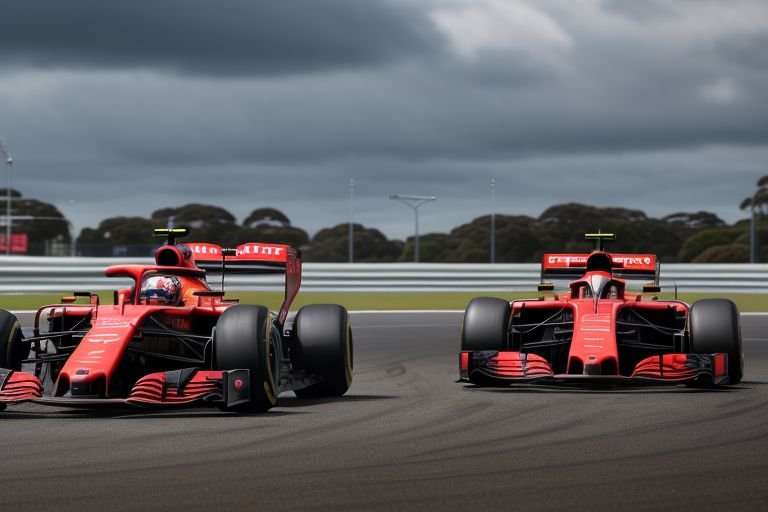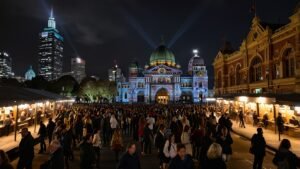
Melbourne’s Albert Park is starting to get extremely busy as preparations for the next Formula 1 Australian Grand Prix nears. On the other hand, this year’s event has elicited a lot of controversy between car racing fraternity and the environmental followers in tension between major sporting events and sustainability issues in the Victoria city.
The main issue for concern is that extensive changes are being made to the Albert Park circuit such as widening of sections of the track and felling of several trees in an effort to provide better view to the spectators and also improve racing condition. While race organizers state these changes needed to retain Melbourne’s desire as one of the leading Formula 1 cities, local environmental groups have opposed the changes as unnecessary and damaging to the park’s bio-geography.
There have been increasing protests over the past few days, with demonstrators linking arms around trees with the chop, and occupying sit down protests at major construction sites. As for the source of public opposition to the Australian GP, the so-called “Save Albert Park” group has been joined by new members from different environmental groups in the city.
Local resident and protest coordinator Sarah Thompson said, “Albert Park is one of Melbourne’s green lungs. We cannot continue to lose our natural spaces for a few days’ fun”
In Grand Prix perspective and supporters’ opinion, this event has economical advantages for Melbourne since thousands of foreigners visit the city during the event and provides Melbourne with international promotion. They also take the position that the changes will also make drivers safer and will also make the overall experience of the spectators better.
The Victorian Premier James Morrow has also joined in the fussing urging all the parties to seek diplomatic approach to the problem. “The Australian Grand Prix is a major event for Melbourne and Victoria,” he said during media conference. >Nevertheless it is also important to ensure that our environment is protected as well and therefore we are keen to ensure that we will find a middle ground which is acceptable to everybody.
As concerns with environmental management continue to rise, race organizers have come up with a package of measures to reduce the environmental impact of a race. These include the tree planting program that will involve planting of many trees and the usage of solar energy as a source of energy to power most of the race equipment, facilities, and structures together with improved recycling throughout the days of the Grand Prix.
However there is still uncertainty which continues to escalate since both parties are preparing for the long haul. The situation have attracted the attention of the international media, which may affect Melbourne’s image as a green city as well as future of large scale sport events in urban environment.
However, preparations of the race go on as if in a conveyor belt. The car racing teams are now starting to arrive in Melbourne, and their high tech racers have been rolled into the circuit amidst heavy security. It will take part in practice sessions of which the first ones will be held next Friday with the Main Race on Sunday.
Industry players in particular within the area enclosing Albert Park area anticipate the increase in traffic with restaurant, hotels and shops anticipated to post higher sales. Still, some of them have complained that the protests might lead to some people avoided spending time in their businesses, thus would affect their revenues.
It is also has lead to a discussion about the use of public space in Melbourne. City planners as well as urban designers are now demanding for a more holistic approach towards addressing the issues of hosting these major events while at the same time preserving the green spaces and other communal facilities.
While one side of the competition for growth is argued, Melbourne stands at the crossroads where the issues of identity, progress and environmental sustainability are being concerned. It was unclear as to what exact effect this would have for the city in general and on future events and urban development projects as such.
With only a week and a half left of the Australian Grand-Prix, it’s full steam ahead to Albert Park. The race itself looks rather promising and stimulating but for many motorized Melburnians the drama entails something off-stage. Since Bernie Ecclestone is planning to bring the world of Formula 1 to the city, it is obvious that the debate on sustainability and city planning is far from over as soon as the last car crosses the checkered flag.



